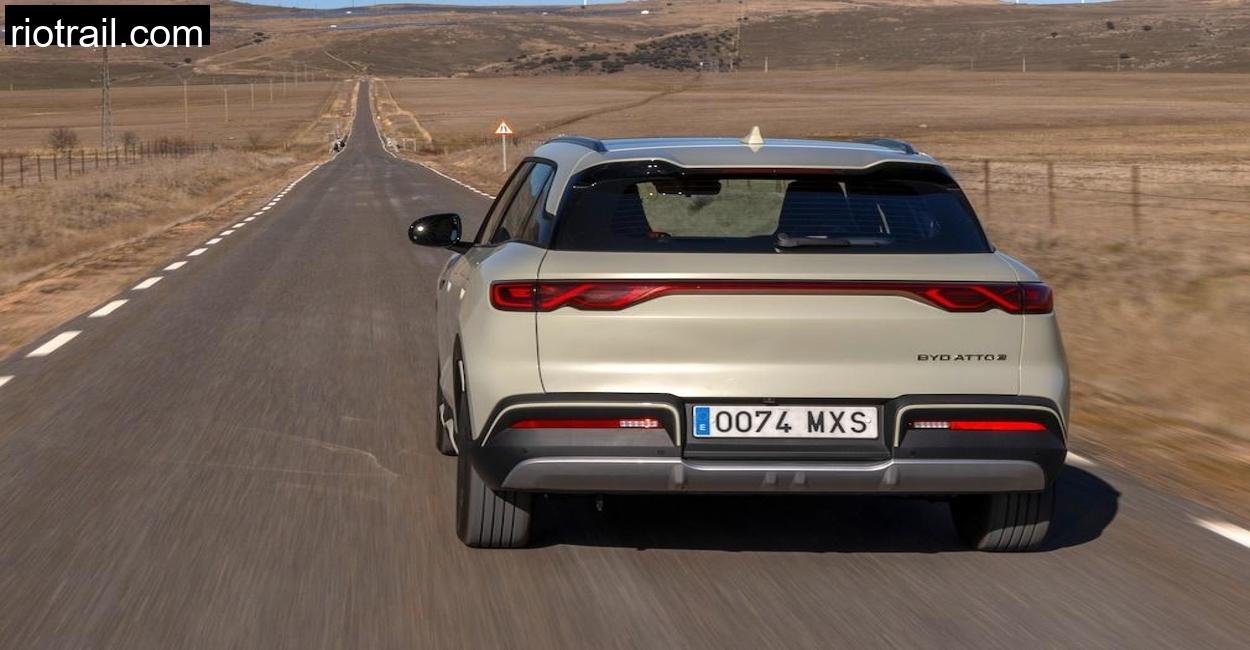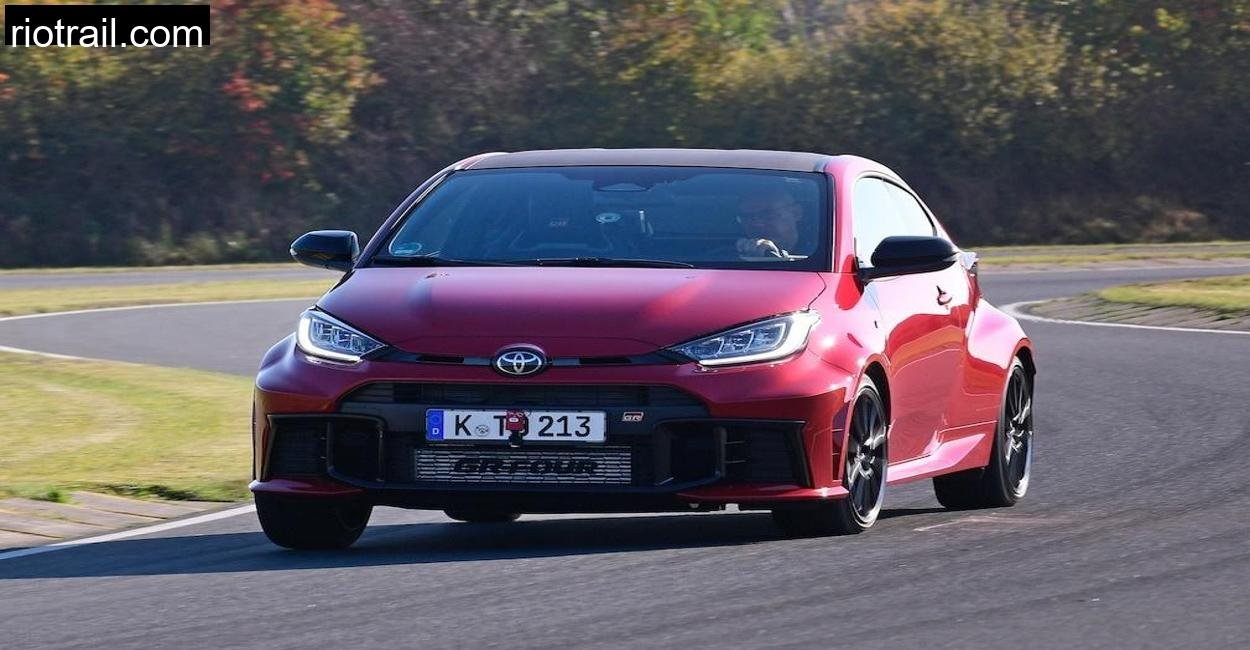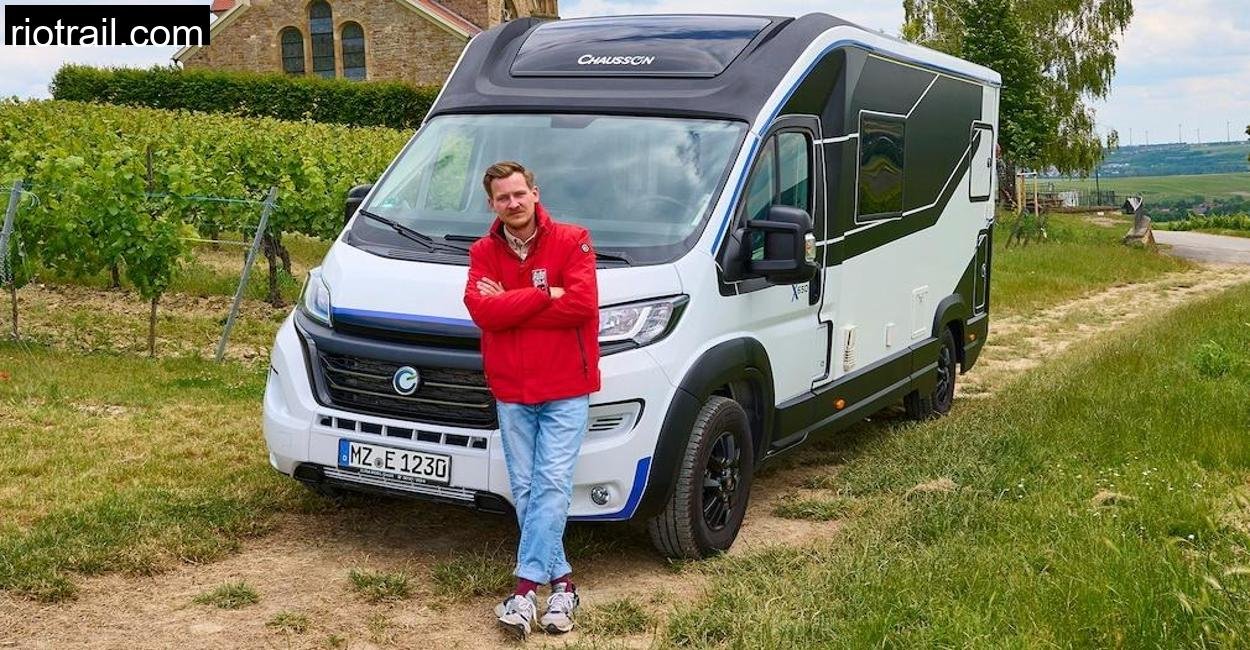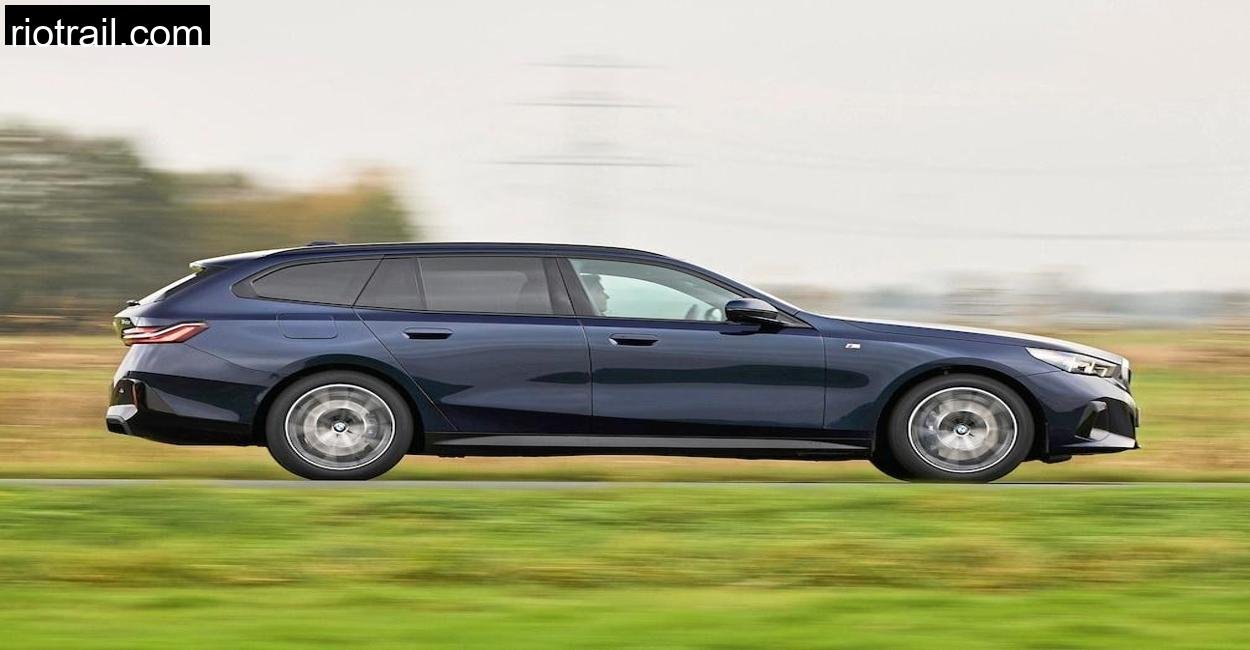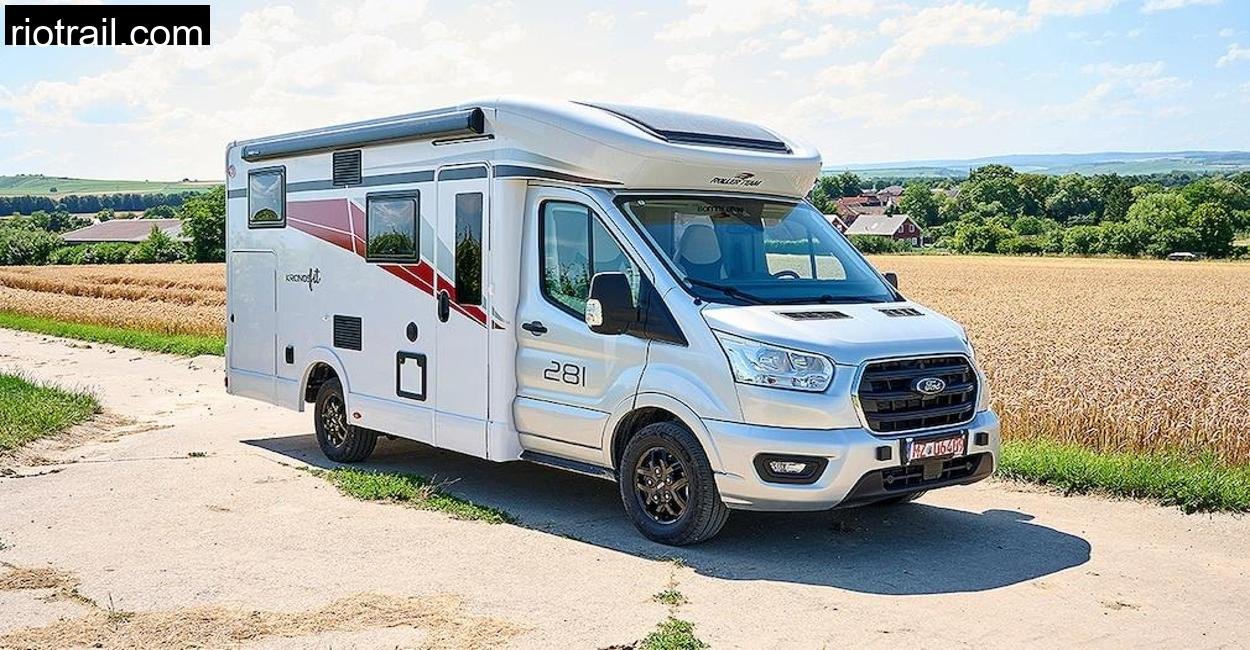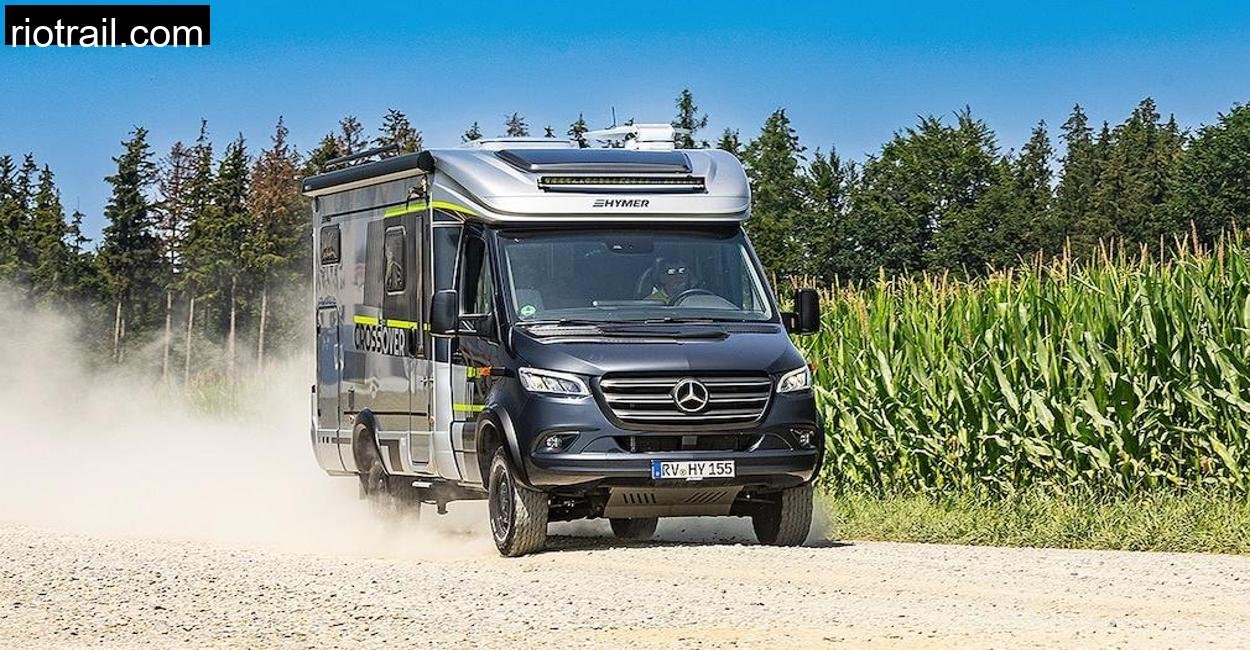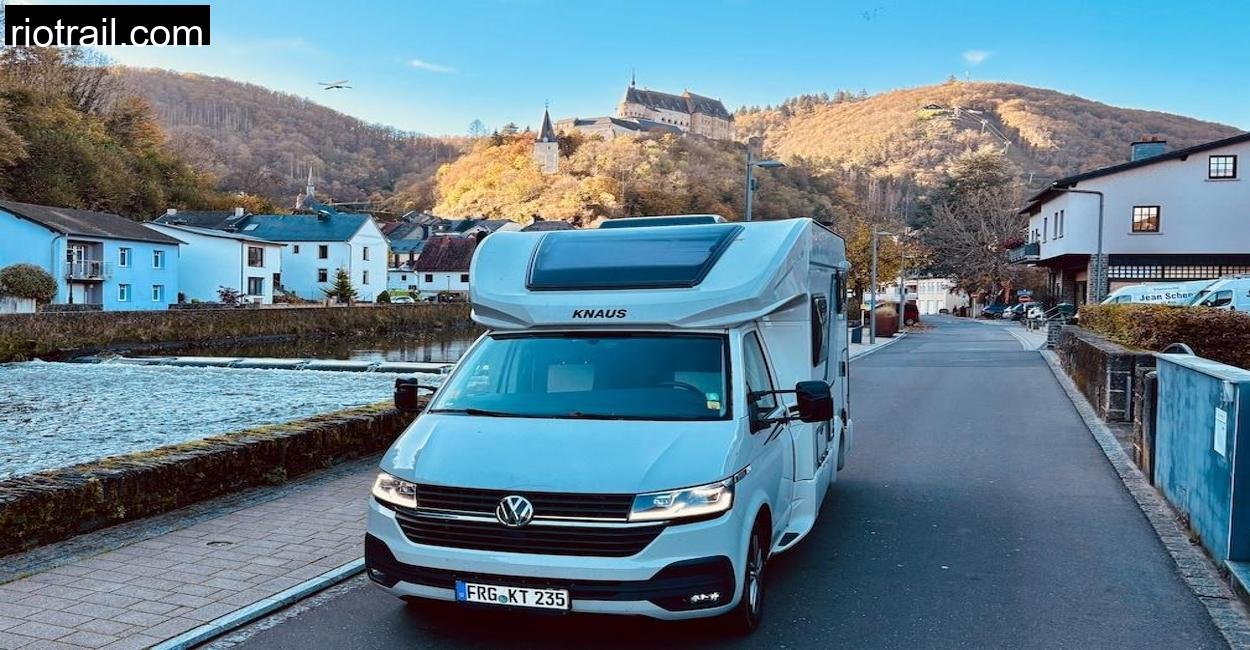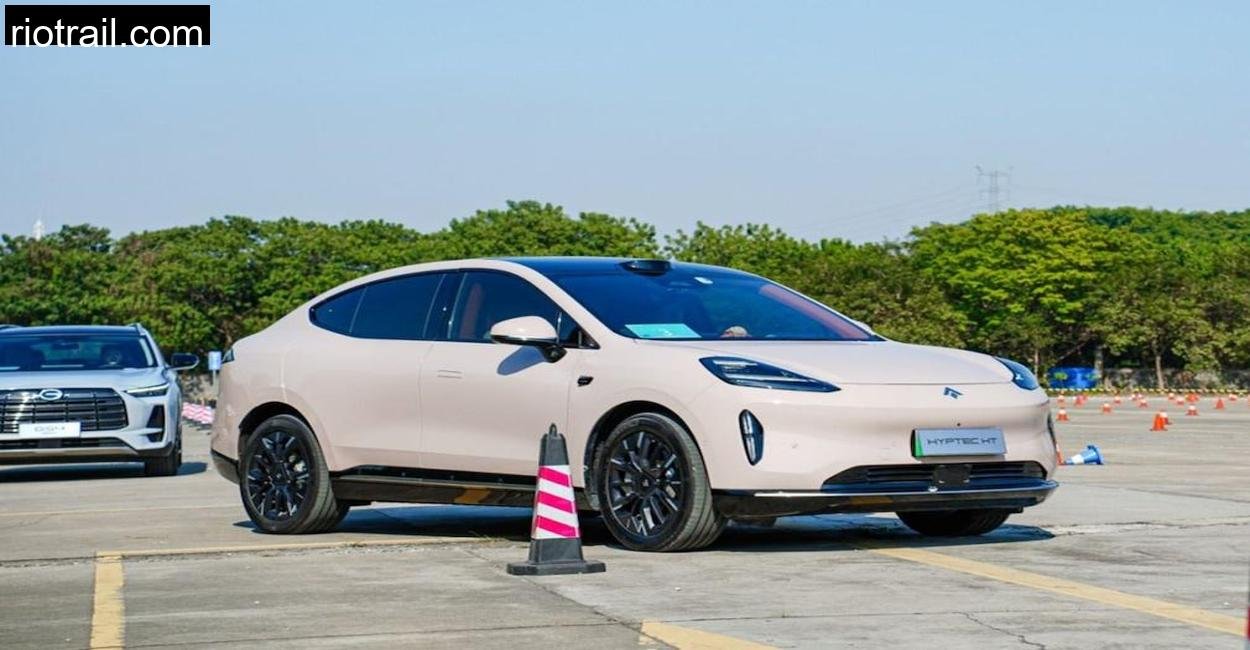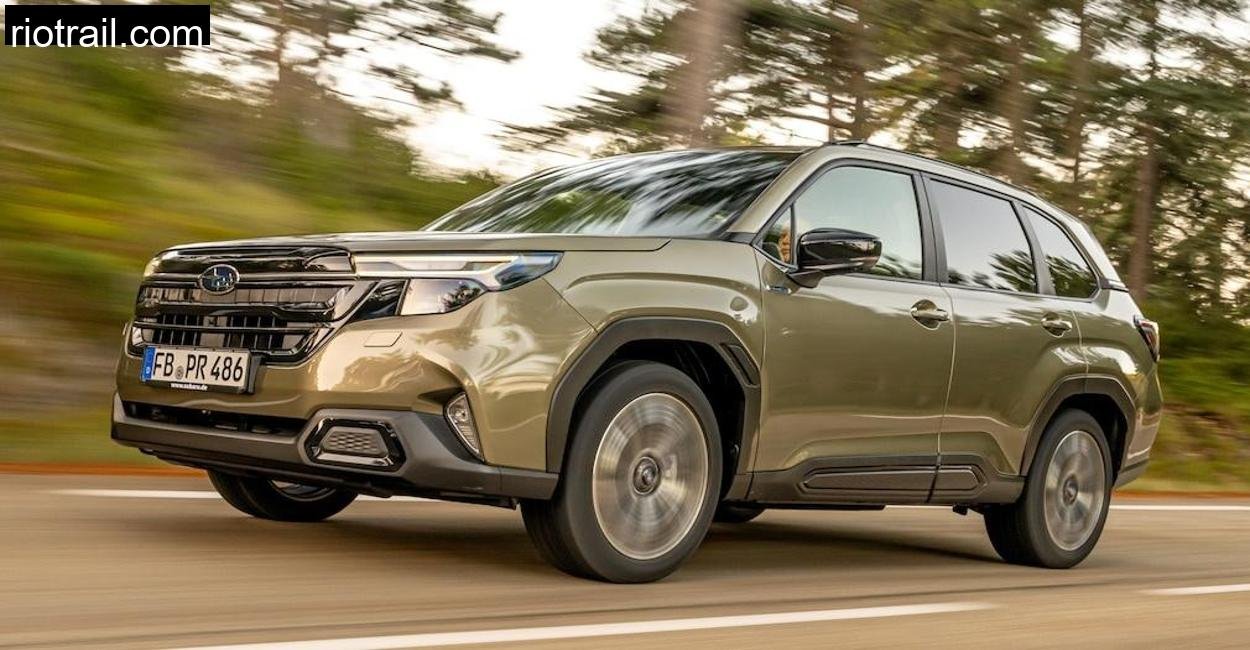When a car brand claims it is going to shake up the small electric SUV market, you can’t help but approach it with a dose of scepticism. Especially when that brand is a relative newcomer to European roads. BYD, short for “Build Your Dreams”, has made no secret of its ambitions. Already a giant in China’s EV sector, the company is now targeting Europe with a growing fleet of electric vehicles.
Their latest move? The BYD Atto 2, a compact electric SUV designed to tackle the B-segment, think rivals like the Volvo EX30 and Renault Mégane E-Tech. It’s a crowded field, but BYD believes it has the right formula: distinctive battery tech, plenty of features, and sharp pricing.
To put these claims to the test, I took the Atto 2 on an extended first drive through the Sackberg Hills in Germany’s Lower Saxony region. Known for its winding forest roads and scenic ridge views, Sackberg provides the perfect mix of terrain to see how a small EV copes in the real world, beyond the polished photoshoots and glossy spec sheets.
Here’s what I discovered.
First Impressions: Small Outside, Spacious Inside
Standing next to the BYD Atto 2 in the crisp morning air at the edge of the Sackberg Nature Park, I was struck by its stance. At just 4.31 meters long, it certainly belongs to the compact SUV class. Yet the design is clean and modern, with a subtle playfulness, especially the distinctive “8” graphic in the taillights, which BYD says represents infinite happiness.
In profile, the Atto 2 looks balanced and well-proportioned. There’s no over-styled fussiness here, just a sleek, slightly futuristic vibe. The 2.62-meter wheelbase hints at decent cabin space, and stepping inside quickly confirms this.
The interior feels airy and inviting. I’m 1.83 meters tall, and with the driver’s seat set comfortably, I still had ample headroom and legroom. The rear bench easily accommodated two adult passengers with room to spare. The flat floor helps here, making the centre seat usable on shorter trips.
BYD clearly understands the value of usable space in a small SUV. The 400-litre boot (expandable to 1340 litres with the rear seats folded) proved more than capable of swallowing a weekend’s worth of luggage and camera gear, perfect for a road trip into the hills.
Battery Innovation: More Than Marketing?
Of course, the big technical talking point with the Atto 2 is its battery. BYD uses its own Blade Battery technology, a clever LFP (lithium iron phosphate) cell design where the battery pack becomes a structural part of the car’s body (cell-to-body integration).
In theory, this offers multiple advantages: increased structural rigidity, improved energy density, and better safety in the event of a crash. It also allows for a thinner floor, contributing to that impressively spacious cabin.
On this first drive, the question was less about crash safety and more about range and charging. The current 45 kWh battery (gross capacity) promises a WLTP range of 312 kilometres. In ideal conditions, perhaps, but what about a chilly day in northern Germany, with hilly terrain and a fair bit of spirited driving?
I started the drive with a 96% charge, and by the time I’d covered 112 kilometres, mixing town driving, fast B-roads, and several climbs up the Sackberg ridge, the battery showed 57% remaining. That translates to a realistic mixed-use range of around 260–270 kilometres. Not bad, but not outstanding either, especially considering there’s no one-pedal driving mode to maximise regenerative braking.
Charging is another area where the Atto 2 lags slightly. Its DC fast charging tops out at 65 kW, meaning a 10 to 80% top-up takes around 37 minutes. Acceptable, but some rivals now offer double the charging speeds. On the plus side, the V2L (vehicle-to-load) function worked perfectly, I used it to power a laptop and drone batteries at a forest viewpoint, turning the Atto 2 into a mobile basecamp.
Driving Dynamics: Polished and Quiet
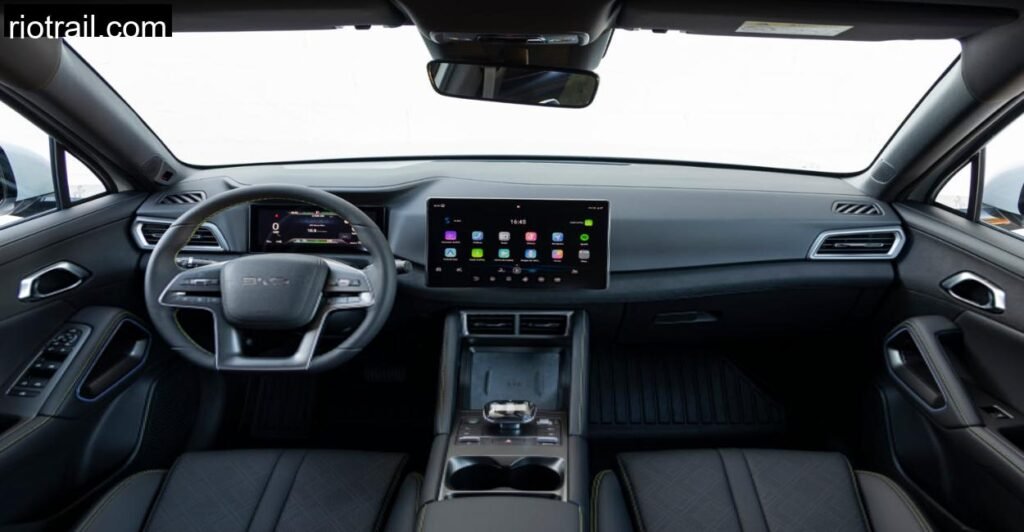
Numbers on paper can only tell you so much. What matters is how the Atto 2 feels on the road. And here, it served up a few pleasant surprises.
The 177 hp electric motor delivers 290 Nm of torque, which feels lively from the get-go. BYD quotes a 0 to 100 km/h time of 7.9 seconds, and in the real world, the Atto 2 feels sprightly enough to zip through traffic or tackle steep inclines with ease.
Climbing the twisty Sackbergstrasse, I was impressed by how composed the chassis felt. The steering isn’t brimming with feedback, but it’s precise enough for confident cornering. The suspension, while not adjustable, hits a sweet spot between firmness and comfort. Over larger undulations, the ride remained settled; only smaller bumps and potholes occasionally made their presence felt.
One standout was cabin quietness. Even at 120 km/h on the A7 autobahn section, wind and road noise were impressively low for this class of vehicle. On the rougher surfaces typical of rural German roads, the Atto 2’s well-insulated cabin made for relaxed long-distance cruising.
The braking system could use a little more bite, especially in the mildest regen setting. I also missed having a proper one-pedal drive mode, it would have been useful on the steeper downhill sections of Sackberg, where controlling speed solely with the accelerator would reduce driver fatigue.
Technology and Features: Big Car Feel in a Small Package
If there’s one area where BYD clearly wants to differentiate itself, it’s in onboard technology and features. The Atto 2 comes loaded, even in its base trim.
The 12.8-inch rotating central screen is a genuine party piece. With a simple press of a button, it switches from landscape to portrait mode, ideal depending on whether you’re navigating, watching video content while charging, or controlling apps. The screen is crisp, responsive, and thankfully backed by physical controls for essential functions like volume and climate control.
Apple CarPlay and Android Auto are both supported, and BYD’s own interface is intuitive after a brief learning curve. I especially liked the ability to customise touch surfaces, allowing me to set up quick access for navigation, regen level, and V2L controls.
Other equipment highlights include electric front seats, a panoramic glass roof, automatic climate control, and an optional 360-degree camera system. The latter proved invaluable when squeezing into a tight parking spot in the old town of Alfeld, another charming detour on my Sackberg drive.
Interior quality is solid. The materials won’t fool you into thinking this is a luxury SUV, but everything feels well-assembled and tactile. The combination of fabric, soft plastics, and subtle lighting creates a warm, welcoming cabin, perfect for those longer road trips.
Value Proposition: Where BYD Hits Hard
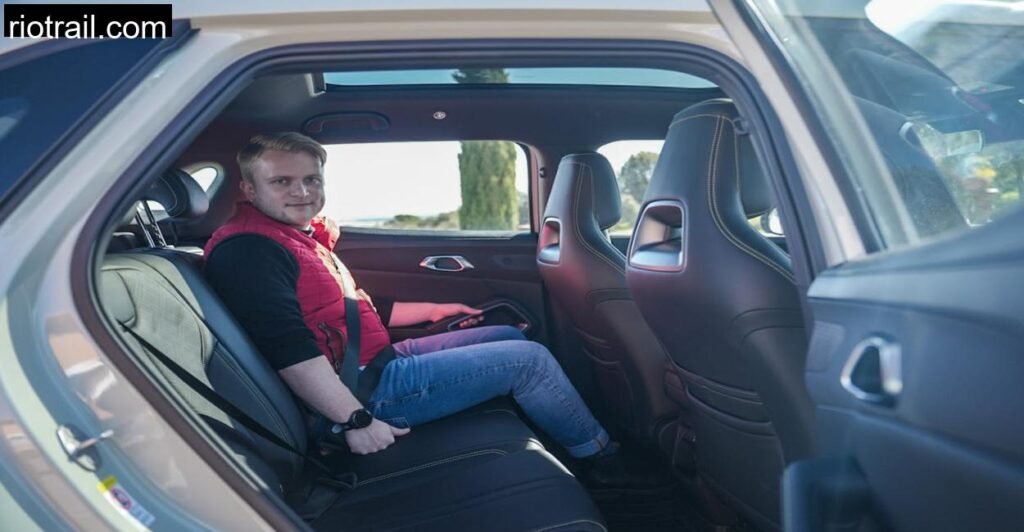
No first drive of the Atto 2 would be complete without addressing the pricing. In Spain, the car starts at €29,900 in Active trim, with the better-equipped Boost version starting at €31,900. German prices are expected to be similar once the car reaches showrooms in the coming months.
That undercuts most comparable European rivals, especially when you factor in standard equipment. A Volvo EX30 or Renault Mégane E-Tech can easily cost €5,000–€10,000 more for a similarly specced car.
BYD also plans to launch a Comfort version with a larger battery and around 400 kilometres of range by the end of 2025, expected to start from approximately €37,500.
For buyers who value a well-rounded package with strong real-world usability, this pricing strategy could make the Atto 2 a compelling alternative to more established players.
Technical Specifications: BYD Atto 2
All the technical information comes straight from BYD’s own website for reliability.
| Specification | Detail |
| Length | 4310 mm |
| Width | 1800 mm |
| Height | 1600 mm |
| Wheelbase | 2620 mm |
| Power | 177 hp (130 kW) |
| Torque | 290 Nm |
| Acceleration (0-100 km/h) | 7.9 seconds |
| Top Speed | 160 km/h |
| Battery | 45 kWh gross (LFP Blade Battery) |
| WLTP Range | 312 km |
| Max DC Charging Speed | 65 kW |
| Charging Time (10-80%) | 37 minutes |
| V2L | Yes |
| Boot Capacity | 400–1340 litres |
| Seats | 5 |
| Starting Price (expected in Germany) | Approx. €29,900 (Active), €31,900 (Boost) |
| Larger Battery Version | Coming late 2025 (~400 km range) |
Conclusion: A Small SUV That Makes a Big Statement
As I guided the BYD Atto 2 back down from the Sackberg Hills in the fading afternoon light, I couldn’t help but reflect on how far the EV world has come. Here was a small electric SUV, designed by a relatively new player in the European market, that delivered real-world range, solid driving dynamics, and an equipment list to embarrass more expensive rivals.
It’s not perfect. The charging speed needs improvement, and I’d like to see one-pedal drive added in a future software update. The 45 kWh battery may limit appeal for long-distance users until the larger version arrives.
But viewed as a city and suburban runabout with excellent versatility for weekend trips, the Atto 2 makes a strong case for itself. It’s quiet, comfortable, and surprisingly refined, proof that BYD knows how to build cars Europeans will actually enjoy driving.
Would I take it back to the Sackberg for another weekend of forest roads, scenic climbs, and open autobahn blasts? Absolutely. And I suspect many buyers will find themselves just as charmed.
How much range does the BYD Atto 2 really offer?
In my mixed-use testing around Sackberg, I saw an estimated real-world range of 260–270 km, close to the WLTP figure but naturally affected by driving style and conditions.
Is the BYD Atto 2 cabin comfortable for long trips?
Yes, for a small SUV, the Atto 2 is remarkably quiet and spacious, with supportive seats and good ride comfort.
Does BYD Atto 2 support one-pedal driving?
No, regenerative braking can be adjusted but doesn’t allow full one-pedal drive to a standstill.
